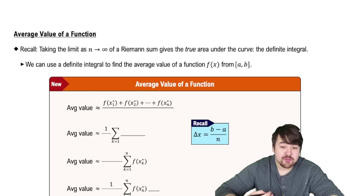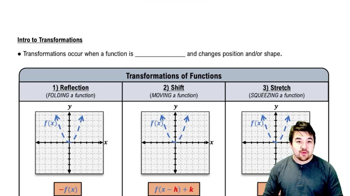Composition of Functions
In Exercises 39 and 40, find
a. (ƒ ○ g) (-1).
ƒ(x) = 1/x , g(x) = 1/√ x + 2
 Verified step by step guidance
Verified step by step guidance Verified video answer for a similar problem:
Verified video answer for a similar problem:



 5:56m
5:56mMaster Adding & Subtracting Functions with a bite sized video explanation from Patrick
Start learning